Future of Work
New Ways of Working, Living & Relaxing

— Explorations of the Changing Patterns of Work and Space Habitation —
 Contextual Investigation.
Contextual Investigation. Mapping Extreme Needs.
Mapping Extreme Needs. Spatial Programming.
Spatial Programming. Systems Planning.
Systems Planning. Spatial Design.
Spatial Design. User Experience & Circulation.
User Experience & Circulation.> Designed for Level 5 UG students studying architecture, interior design, and urban landscape to carry out cross disciplinary analysis of buildings and their environmental performance, with a focus on the effects of changing patterns of work and space habitation in order to accommodate new ways of working, living and relaxing: from investigating internal landscape of artefacts, furniture and equipment, to exploring the role of neurodiversity and the underlying spatial design issues.
> My approach to designing future workplaces enabled students and professionals to reflect upon the notions of a twenty-four hour society; the flexibility of work practices and the issues of sustainability and economics, the impact that changing patterns of employment, work related activity and the demographics of the workforce (e.g. home and flexible working, the growth of freelancing and childcare) are having on the design of the workplace environment.
 Workplace as Living Art (Vincenzo Damato).
Workplace as Living Art (Vincenzo Damato).



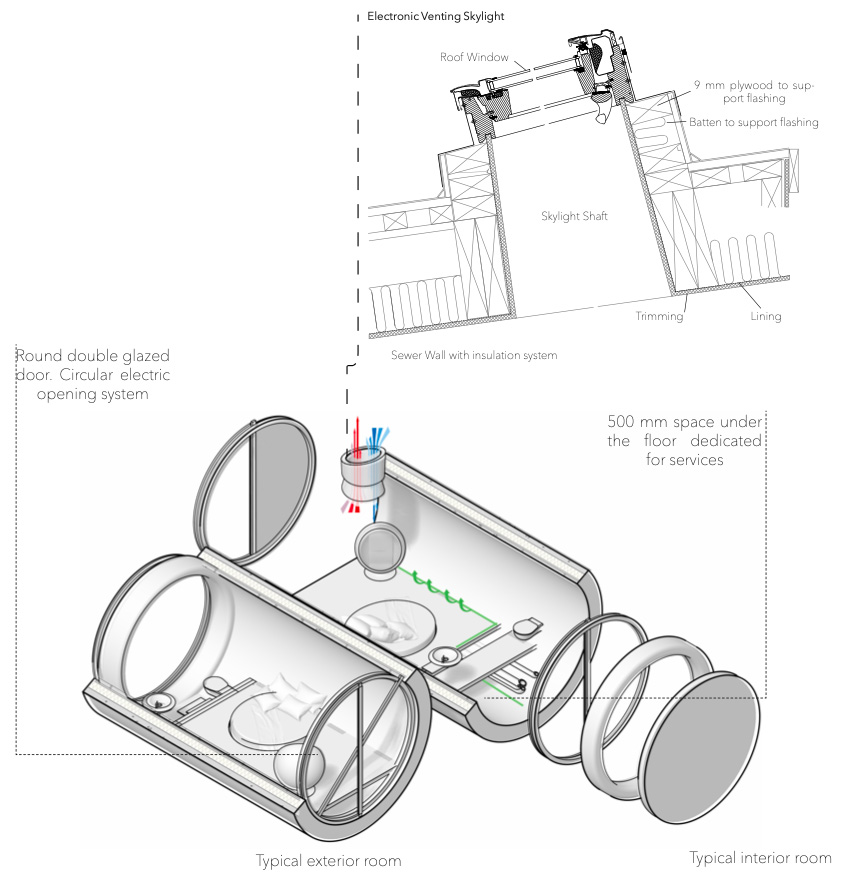


> This studio course was part of a new programme in '24hr Live and Work'. The studio investigated the processes of urban rehabilitation in relation to urban social and commercial challenges and tensions. It was designed to switch between human and urban scales, incorporating workplace design while developing critical thinking and drawing and making abilities.
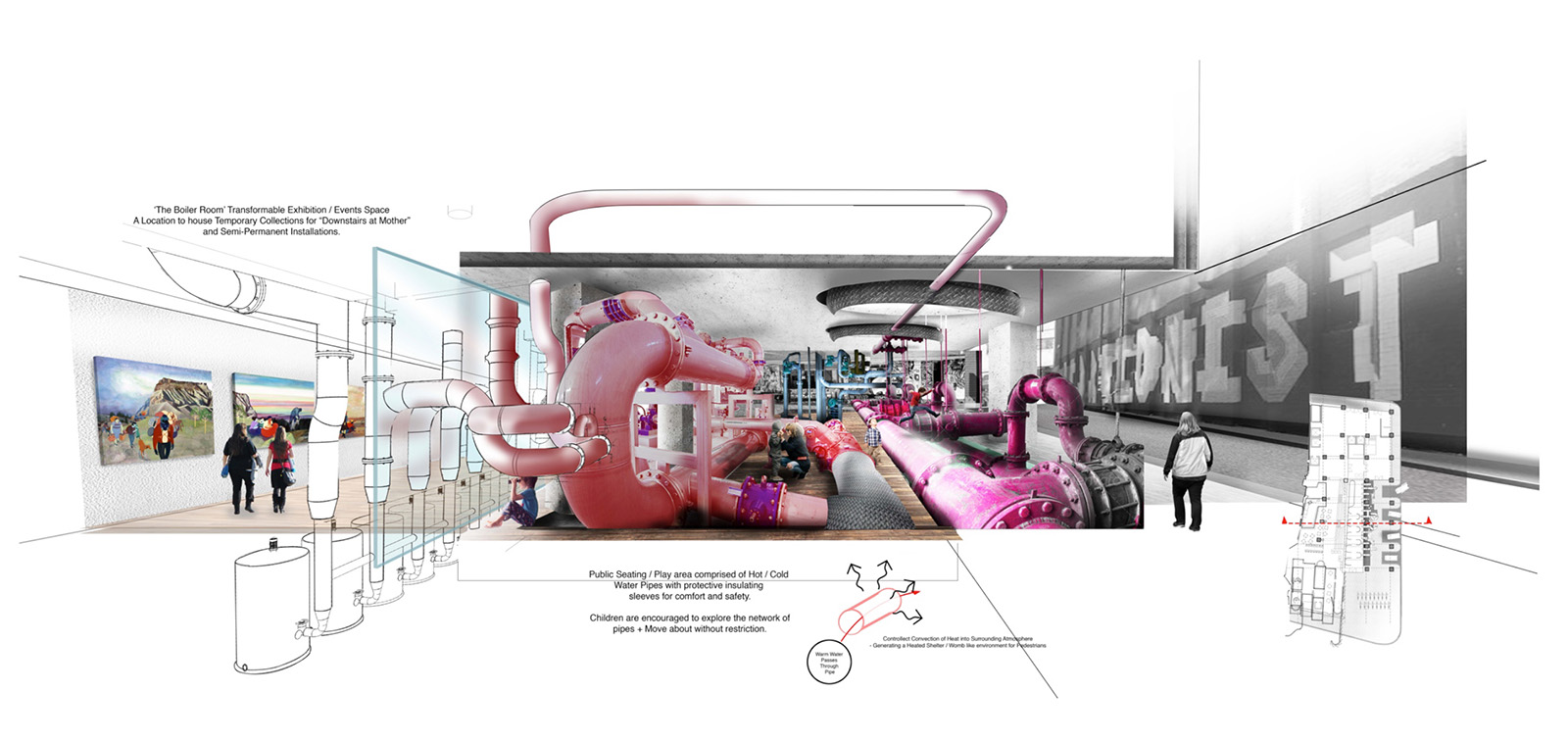 Workplace as Factory (Jay Jordan).
Workplace as Factory (Jay Jordan).
> The studio/module's pedagogical model involved students to work individually on a series of tasks focused on disciplinary approaches, with teaching and tutorials provided twice a week in collaboration with industry partners. The project centred on a site for rehabilitation and reuse, with the goal of encouraging students to develop social and commercial design competencies, engage in discussion with urban environment and context as well as end users, stakeholders, and policy-makers. It comprised of a research-led component (I) and the creation of a strategic design concept for the site (II). The studio module ran concurrently with a professional development course: part (I) built synergies with a course on design practice and methods, while part (II) focused on the creation of a site-specific design proposal for intervention using physical and digital skills.



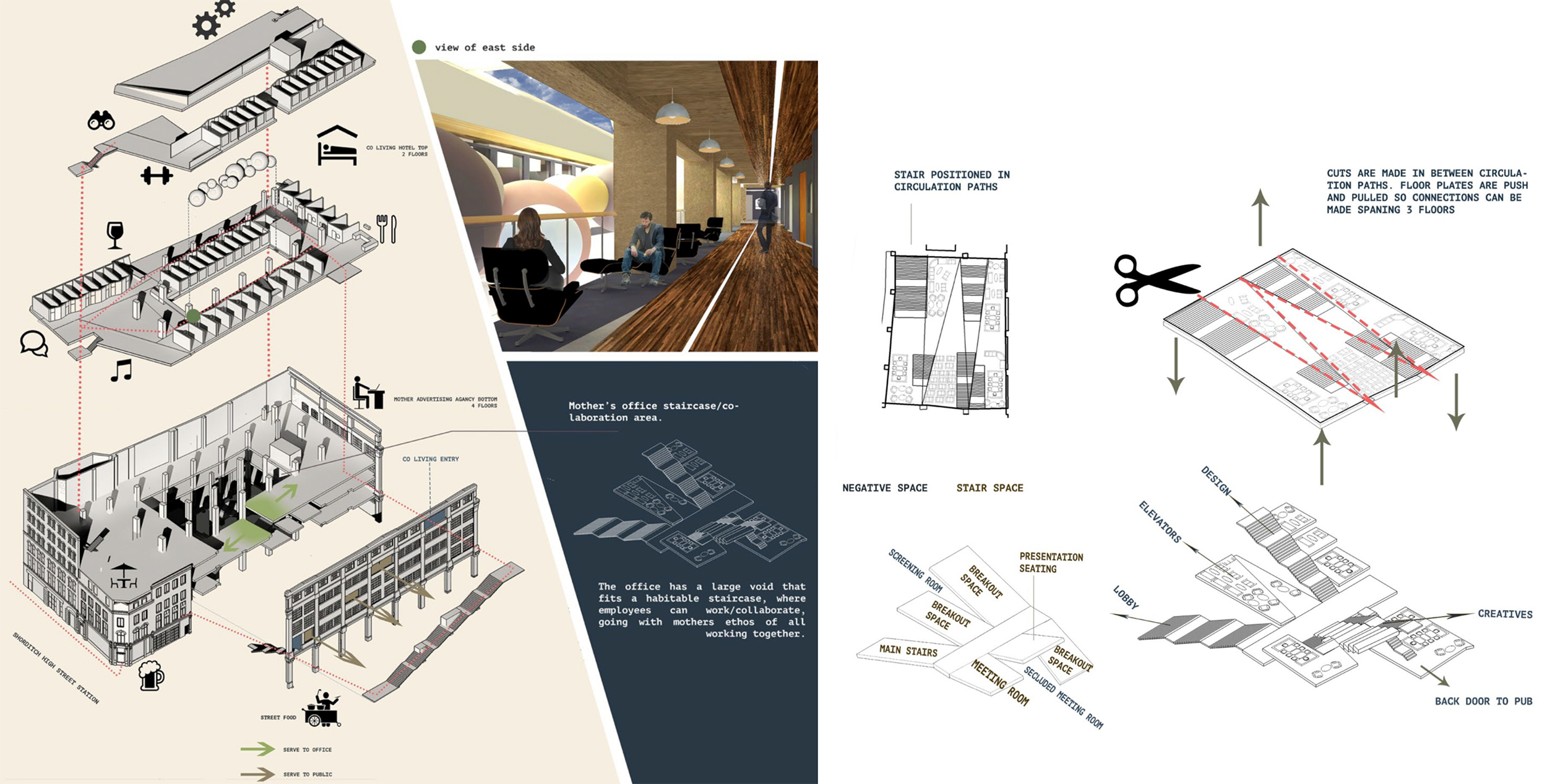 Workplace as Public Space (Jed Maiden).
Workplace as Public Space (Jed Maiden).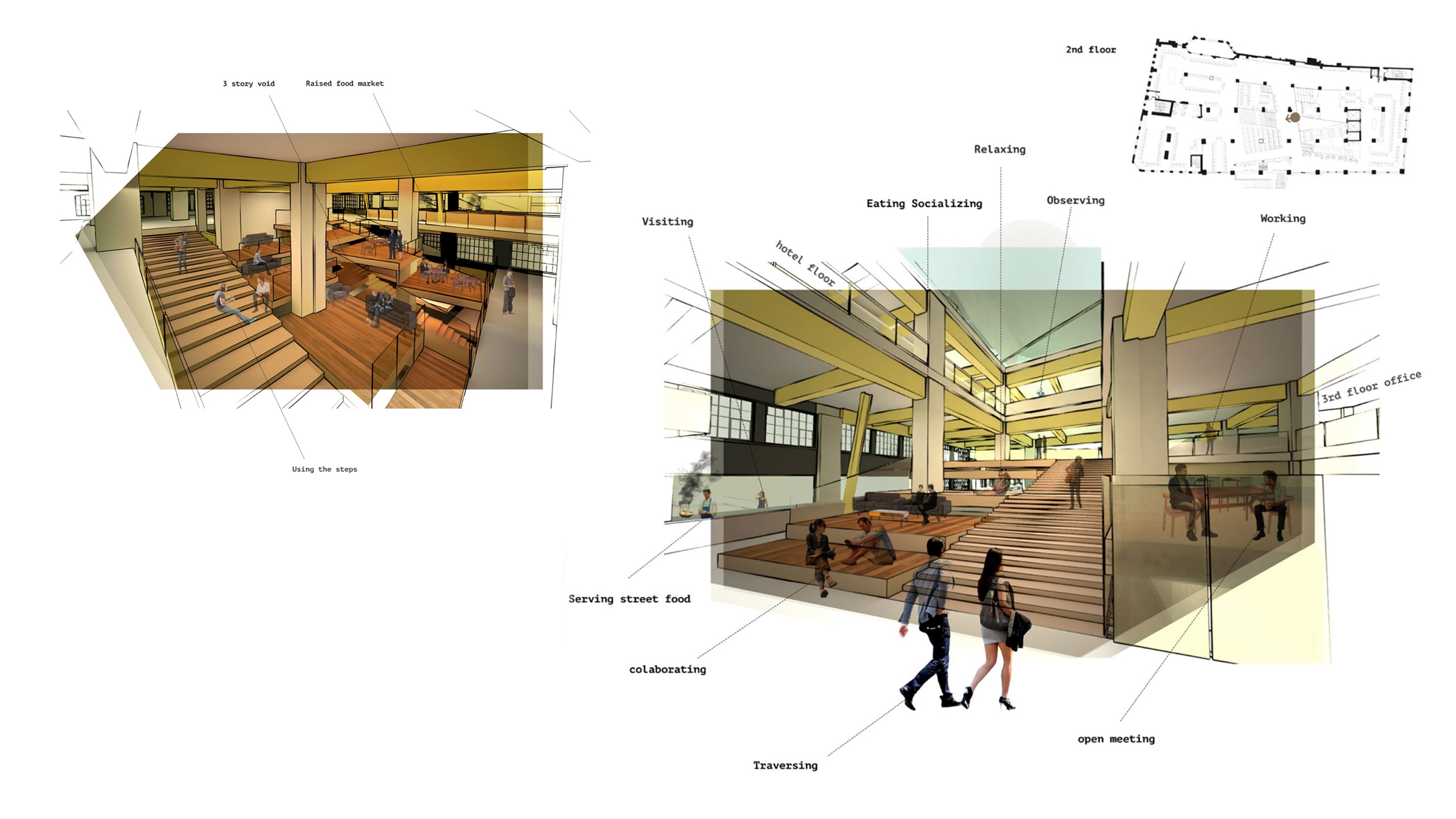
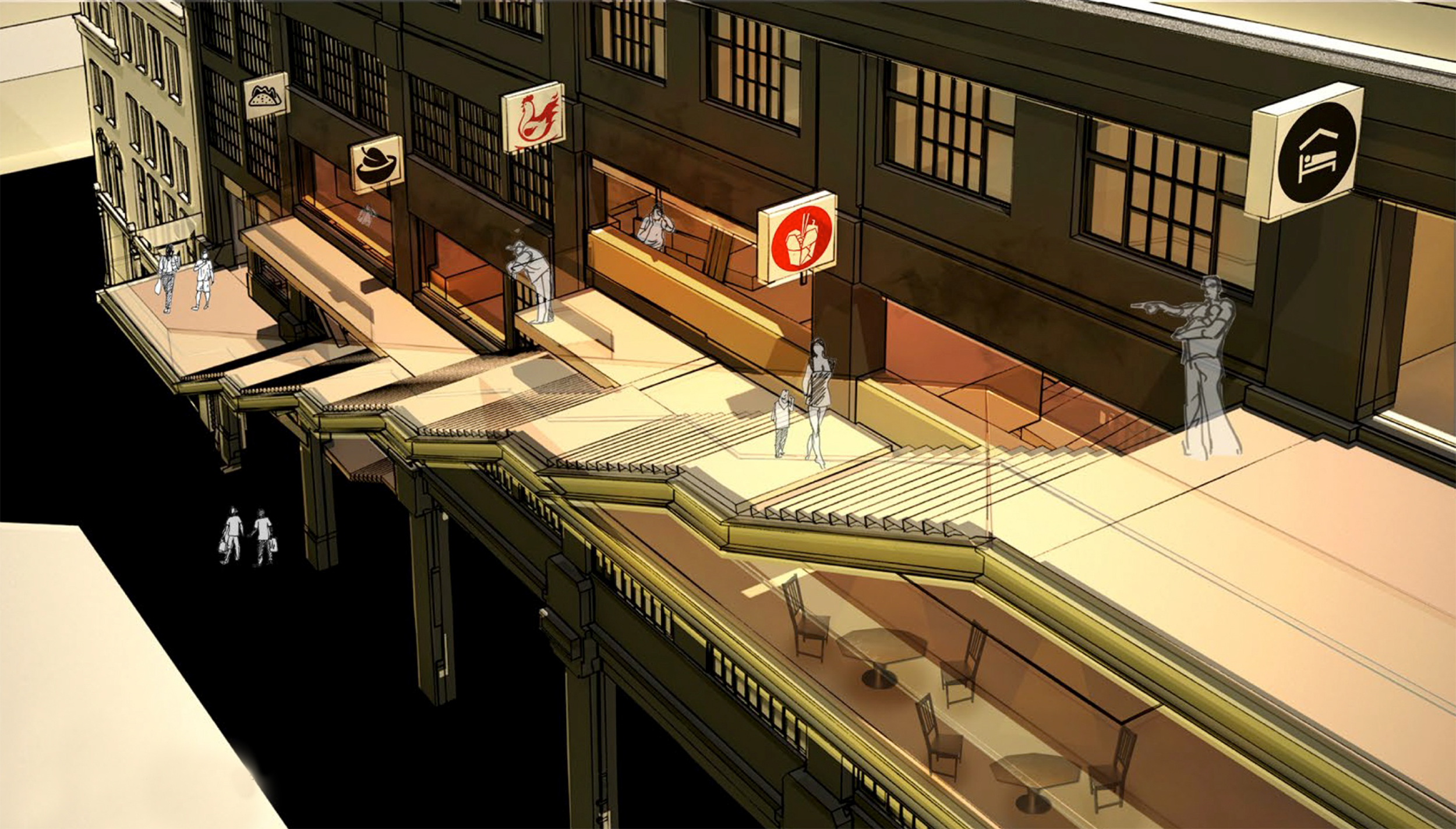
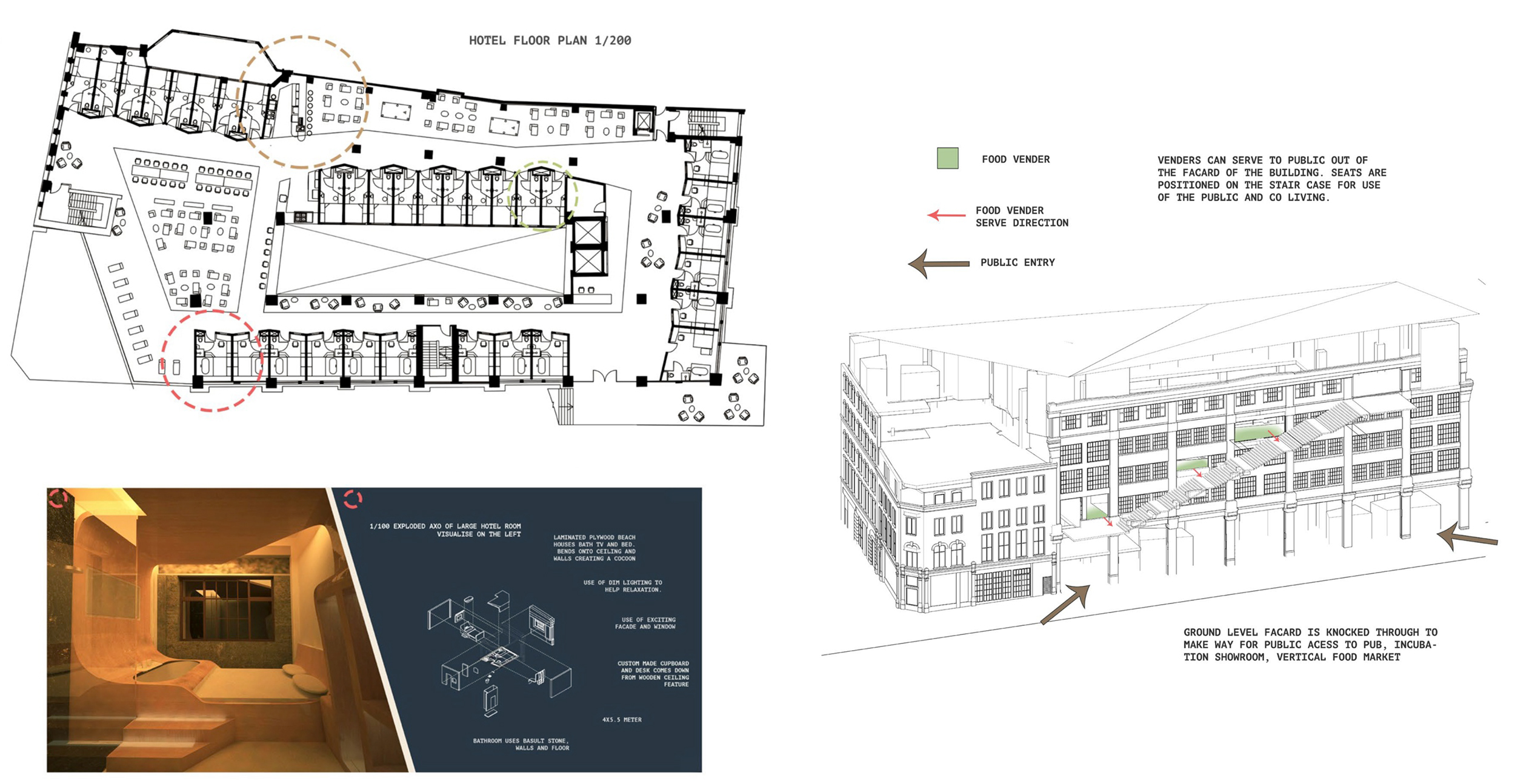
Organisation + [Credits]
Ravensbourne University London, [©Idrees Rasouli]
Role + [Team Size]
Studio/Module & Course Leader, [8]
Date + [Duration of Involvement]
2015-19, [3 months per year]
Collaborator + [Project Location]
City of London, Mother, FITCH [London, UK]
Status + [Project Type]
Unit, [Workplace Design]
Brief + [Challenge]
Crossdisciplinary Analysis of Buildings, [Developing New Patterns of Work and Spatial Habitation]
Collaborators [Tutors]
Unit Team [Diana Cochran, Kristoffer Mitchell, Tim Molloy, Michela Musto, Eleonora Nicholetti]